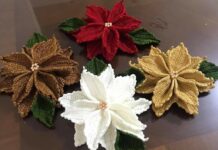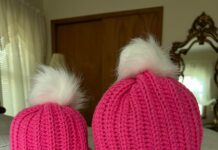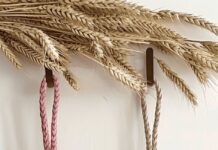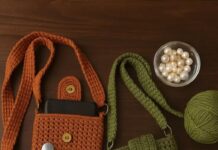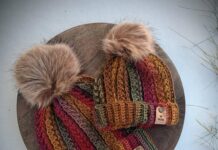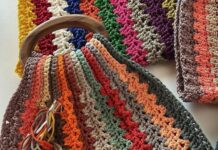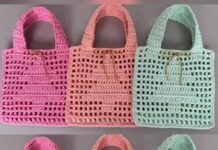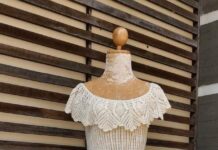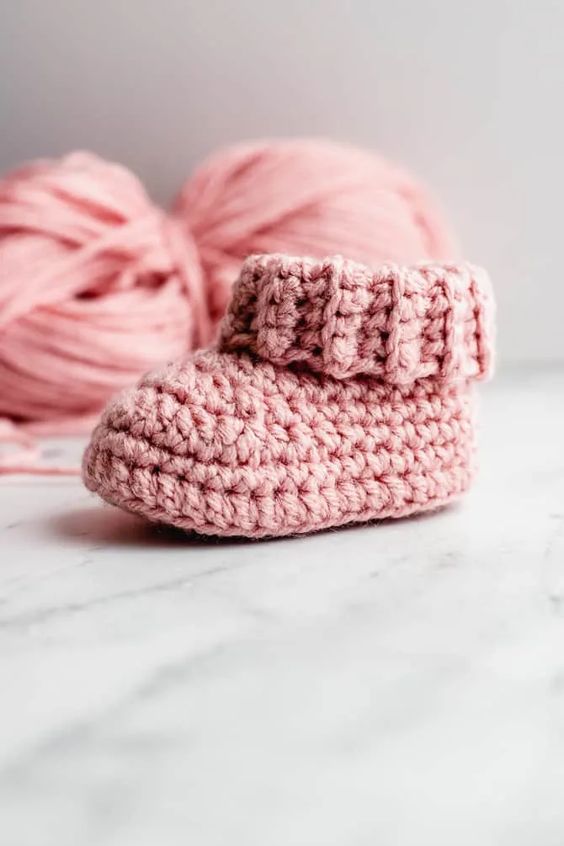The Essential Tool: A Guide to Crochet Hooks
The crochet hook is the single most important tool in a crocheter’s arsenal, directly impacting the final fabric, gauge, and even your comfort while working.
Materials and Types
Crochet hooks come in a wide variety of materials, each offering a distinct crocheting experience:
- Aluminum/Metal: These are the most common hooks. They allow yarn to glide smoothly, are durable, and are generally lightweight. They are ideal for fast crocheting.
- Plastic/Acrylic: Often the most affordable and lightest option, large plastic hooks are commonly used with bulky or super bulky yarns.
- Wood/Bamboo: These hooks are lightweight and warm to the touch. They have a bit more friction than metal hooks, which is helpful when working with slippery yarns like silk or rayon.
- Ergonomic Hooks: Many modern hooks feature handles made of rubber, silicone, or other materials designed to reduce strain and fatigue on the hands and wrists, making them a popular choice for long crochet sessions.
Sizing Systems
Hook sizes are standardized, but the labeling can be confusing as there are two primary systems:
- Metric (Millimeters – mm): This is the most accurate and universal system (e.g., 2.5 mm, 5.0 mm, 8.0 mm).
- US Letter/Number System: This uses letters (A through P) and numbers (00 through 50) that correspond to metric sizes (e.g., a J/10 hook is typically 6.0 mm).
Important Note: Always rely on the millimeter (mm) size for the most accurate gauge, as the US letter/number equivalents can sometimes vary between brands.
Choosing the Right Hook
Selecting the correct hook size is essential for achieving the right gauge (the number of stitches and rows per inch) for your pattern.
- If your final project is too stiff or small, you need to use a larger hook size.
- If your final project is too loose or large, you need to use a smaller hook size.
The yarn label usually suggests a hook size, but it is always recommended to create a swatch (a small test square) to confirm your personal tension matches the pattern’s gauge.
Antique Amethyst Hook (Chilton’s Antiques – UK): https://www.chiltonsantiques.com.au/product/antique-amethyst-hook/
- [1.1] “Metal: Metal hooks allow yarn to glide smoothly, are durable, and generally lightweight.”
- [1.2] “US Letter/Number System: This uses letters (A through P) and numbers (00 through 50) that correspond to metric sizes.”
- [2.1] “Wood/Bamboo: These hooks have a bit more friction than metal hooks, which is helpful when working with slippery yarns. Plastic/Acrylic: Often the most affordable and lightest option.”

